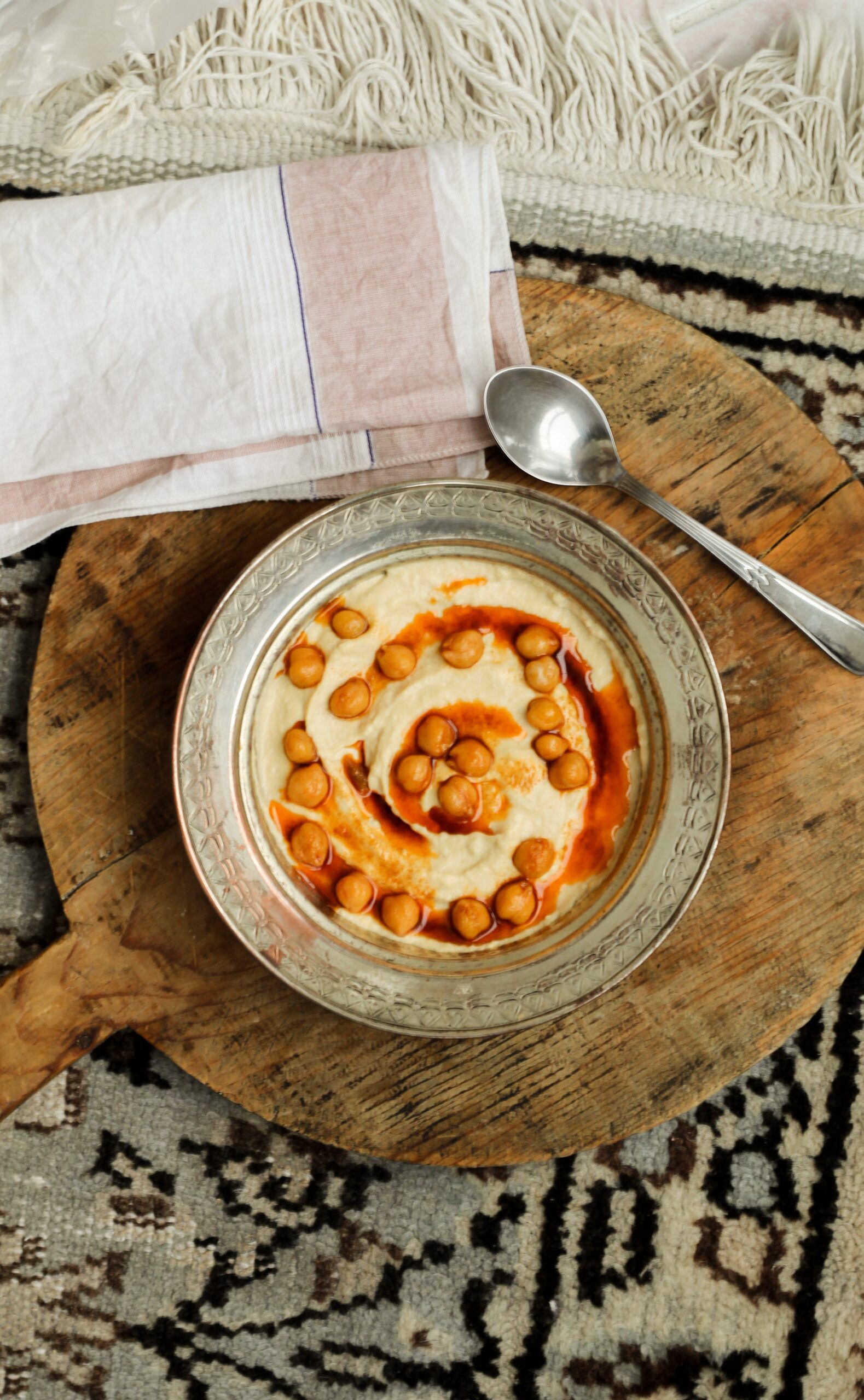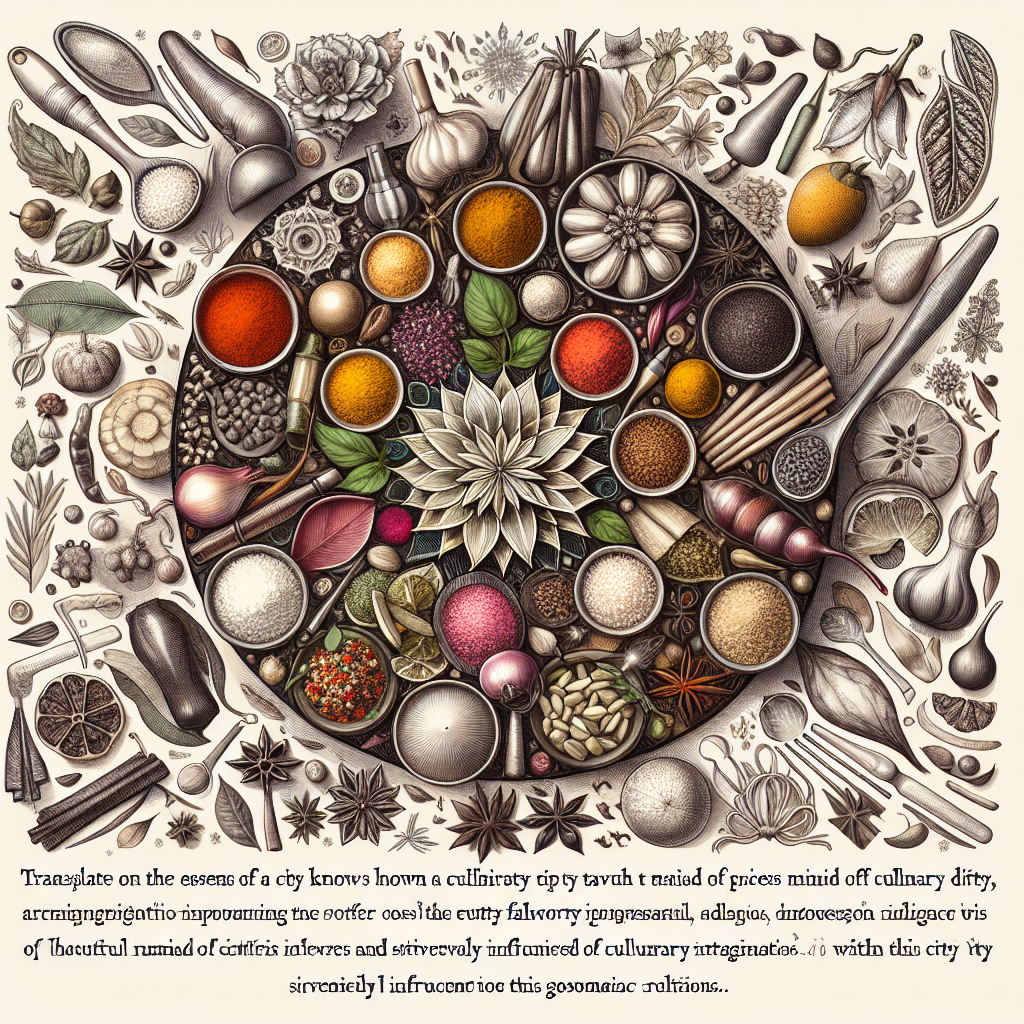Get ready to embark on a mouthwatering journey as we dive into the culinary roots of New York, a city renowned for its diverse food culture. From the bustling streets of Chinatown to the vibrant aromas of Little Italy, New York is a melting pot of flavors that will tantalize your taste buds. Join us as we explore the rich heritage of food in the Big Apple, where culinary traditions from around the world come together to create a truly unique dining experience. Whether you’re a food enthusiast or simply curious about the history behind your favorite dishes, this exploration is sure to deepen your appreciation for the global tapestry of flavors.
Historical Influences
New York’s culinary scene is a vibrant tapestry woven with diverse flavors and traditions. The city’s rich food culture has its roots in a blend of Native American, colonial, and immigrant influences. These historical influences have shaped the cuisine of New York, creating a melting pot of flavors that continue to evolve.

Native American Cuisine
Native American cuisine serves as the foundation of New York’s culinary traditions. The Native American tribes, such as the Lenape and Iroquois, had a deep connection to the land and utilized ingredients readily available in the region. Corn, beans, and squash, known as the “Three Sisters,” formed the backbone of their diet. These ingredients were versatile and could be prepared in various ways, including roasting, boiling, and grinding into meal.
Colonial Era
The colonial era brought significant changes to the culinary landscape of New York. The Dutch and English played vital roles in shaping the cuisine during this time.
Dutch Influence
The Dutch were the first Europeans to settle in New Amsterdam, present-day Manhattan, and their influence can still be seen in the city’s culinary scene today. They introduced a variety of ingredients and cooking techniques that left a lasting impression.
One notable Dutch contribution was the introduction of beverages such as beer and spirits. The brewing tradition brought by the Dutch still thrives in New York, with breweries like Brooklyn Brewery and Ommegang producing a wide range of craft beers.
Baking and dairy traditions also emerged during this period. The Dutch introduced techniques such as cookie and cake baking, which have since become staples in American desserts. Additionally, their dairy farming practices helped establish New York as a hub for high-quality dairy products.
English Influence
With the British takeover of New Amsterdam and the establishment of New York as a British colony, English culinary traditions began to take hold. Roasted meats and pies became popular dishes during the colonial era. English settlers brought their expertise in meat preparation and introduced the concept of roasting, creating a love for hearty meat-centered meals that continues to this day.
Another English import that left an indelible mark on New York’s cuisine is fish and chips. The British brought their love for fish and chips with them, and this dish quickly became a staple in New York’s working-class communities.

Immigrant Waves
New York’s culinary scene continued to evolve with successive waves of immigrants who arrived in the city, bringing with them their own rich culinary traditions. These waves of immigration have greatly contributed to the diversity and richness of New York’s food culture.
Italian Influence
Italian immigrants arriving in the late 19th and early 20th centuries introduced New Yorkers to the delights of pizza and pasta. These dishes quickly became beloved staples of the city’s culinary landscape. Italian flavors and techniques have become deeply ingrained in New York’s food culture, with iconic dishes like spaghetti and meatballs and New York-style pizza capturing the hearts and palates of locals and visitors alike.
Italian immigrants also brought their expertise in dessert-making, giving rise to beloved treats like cannoli and gelato. These sweets continue to be enjoyed in traditional Italian bakeries throughout the city.
Jewish Influence
The Jewish community has had a profound impact on New York’s culinary heritage. Delicatessen culture, which emerged from Jewish immigrants’ desire to preserve and share their food traditions, brought with it an array of delicious offerings. Delis became gathering places where New Yorkers could enjoy iconic Jewish dishes such as pastrami sandwiches, matzo ball soup, and latkes.
Among the most iconic Jewish contributions to New York’s culinary scene is the bagel. These round, chewy delights quickly became a breakfast staple and are now synonymous with New York City.
Chinese Influence
The Chinese community in New York has also significantly influenced the city’s cuisine. Chinese immigrants brought with them their vibrant flavors and cooking techniques, introducing New Yorkers to dishes like dim sum and lo mein. The popularity of Chinese cuisine has grown exponentially, with countless Chinese restaurants offering a wide range of regional specialties.
Chinese cuisine has become an integral part of New York’s culinary fabric, with Chinatown serving as a hub for delicious and authentic Chinese food experiences. The influence of Chinese cuisine can be seen throughout the city, from the ubiquitous take-out spots to high-end establishments offering contemporary Chinese-inspired creations.
Mexican Influence
The recent wave of Mexican immigrants has added yet another layer of flavor to New York’s culinary tapestry. Mexican influence can be seen in the city’s vibrant street food scene, with taco trucks and food carts serving up mouthwatering street tacos, raptas, and elotes. Mexican ingredients such as chilies, cilantro, and avocados have become pantry staples for many New Yorkers, and Mexican dishes like enchiladas and quesadillas can be found on menus throughout the city.
The fusion of Mexican flavors with New York’s diverse culinary scene has given rise to unique and exciting creations, making Mexican cuisine an integral part of the city’s food culture.
Cheesecake
No article about New York’s culinary roots would be complete without mentioning the iconic New York-style cheesecake. This creamy and dense dessert is a beloved staple in bakeries and restaurants throughout the city.
New York-style Recipe
New York-style cheesecake is known for its simplicity and richness. Made with cream cheese, sugar, eggs, and a touch of vanilla, the recipe has remained relatively unchanged over the years. The secret lies in the creamy texture and tangy flavor, achieved through the use of high-quality cream cheese and a careful baking process.
Creamy and Dense Texture
What sets New York-style cheesecake apart is its dense and velvety texture. The cheesecake is baked low and slow, allowing it to set properly and develop that signature creaminess. With its buttery graham cracker crust and smooth filling, New York-style cheesecake is a true indulgence and a testament to the city’s culinary heritage.
In conclusion, New York’s culinary scene is a testament to the city’s rich history and diverse population. Native American, colonial, and immigrant influences have shaped the cuisine of New York, creating a melting pot of flavors that continues to evolve. From traditional Native American ingredients and cooking techniques to the Dutch and English influences during the colonial era, and the subsequent waves of Italian, Jewish, Chinese, and Mexican immigration, each cultural group has left its mark on the city’s food culture. The result is a vibrant and eclectic culinary landscape that offers something for everyone, reflecting the diverse heritage of its inhabitants. So, the next time you visit New York, be sure to explore the city’s culinary roots and indulge in the flavorful delights that have been shaped by centuries of history and cultural exchange.


